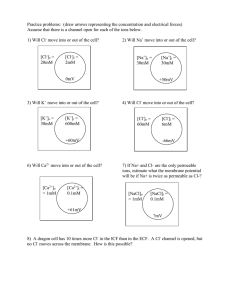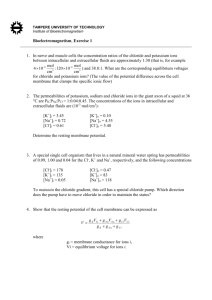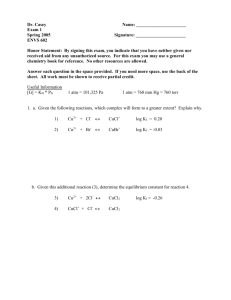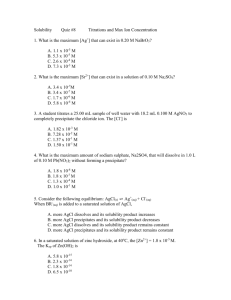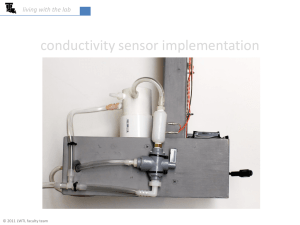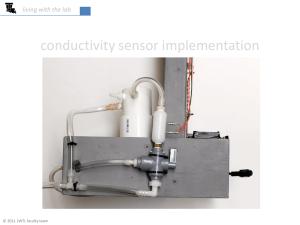w/answers
advertisement
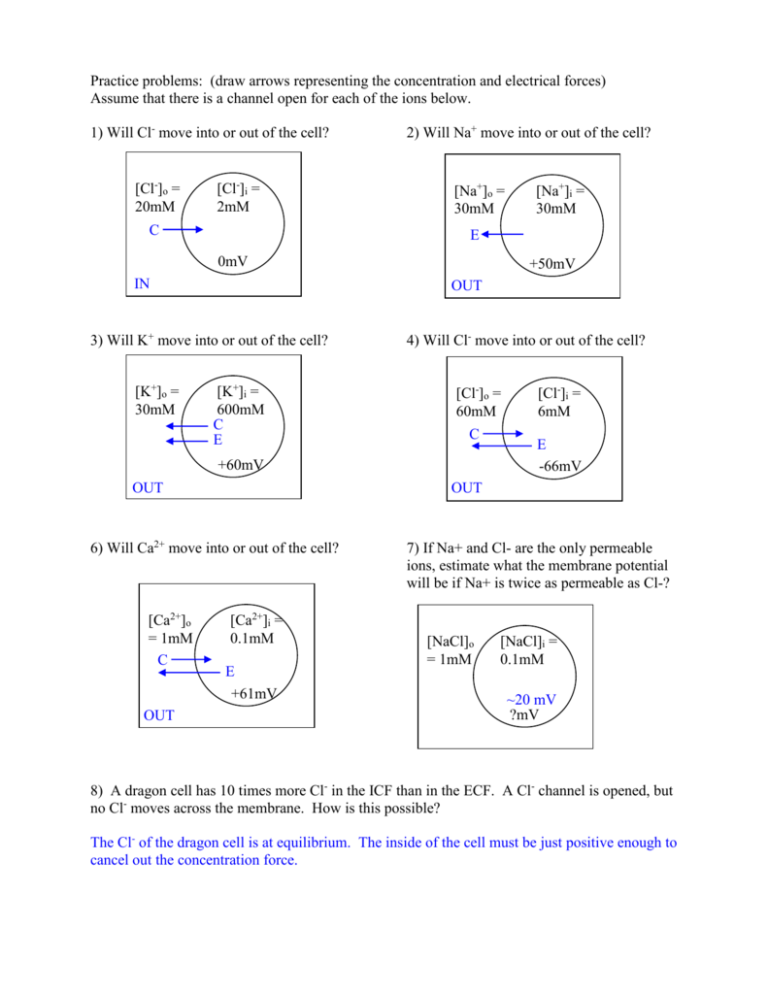
Practice problems: (draw arrows representing the concentration and electrical forces) Assume that there is a channel open for each of the ions below. 1) Will Cl- move into or out of the cell? [Cl-]o = 20mM [Cl-]i = 2mM C 2) Will Na+ move into or out of the cell? [Na+]o = 30mM E 0mV IN +50mV OUT 3) Will K+ move into or out of the cell? [K+]o = 30mM [K+]i = 600mM C E 4) Will Cl- move into or out of the cell? [Cl-]o = 60mM C +60mV OUT OUT [Cl-]i = 6mM E -66mV OUT 6) Will Ca2+ move into or out of the cell? [Ca2+]o = 1mM C [Na+]i = 30mM [Ca2+]i = 0.1mM E +61mV 7) If Na+ and Cl- are the only permeable ions, estimate what the membrane potential will be if Na+ is twice as permeable as Cl-? [NaCl]o = 1mM [NaCl]i = 0.1mM ~20 mV ?mV 8) A dragon cell has 10 times more Cl- in the ICF than in the ECF. A Cl- channel is opened, but no Cl- moves across the membrane. How is this possible? The Cl- of the dragon cell is at equilibrium. The inside of the cell must be just positive enough to cancel out the concentration force. 9) Predict what the firing pattern of neuron C. C A B = excitatory = inhibitory A B C Time 10) If the equilibrium potential of I- is a negative value, is there more I- inside or outside the cell? OUTSIDE 11) If a unicorn cell is only permeable to X- it has a resting membrane potential of +61mV. However, a unicorn cell is always equally permeable to X- and Y-, making the resting membrane potential +61mV. A) Is there more Y- inside or outside a unicorn cell? INSIDE B) Estimate what the membrane potential would become if the concentration of Y- outside the cell was made equal to the concentration inside the cell. 30.5mV 12) A cell has the following ion concentrations: [Z+]o = 150mM, [Z+]i = 15mM, [W-]o = 50mM, [W-]i = 5mM A) Which ion has a larger concentration force? NEITHER, THEYARE THE SAME B) Which ion has a larger electrical force? NEITHER, THEYARE THE SAME C) If both ions were permeable, would they move in the same direction? IF THE MEMBRANE POTENTIAL IS BETWEEN -61mV AND +61mV THEY MOVE IN THE SAME DIRECTION. FOR ALL OTHER MEMBRANE POTENTIALS, THEY WON’T
